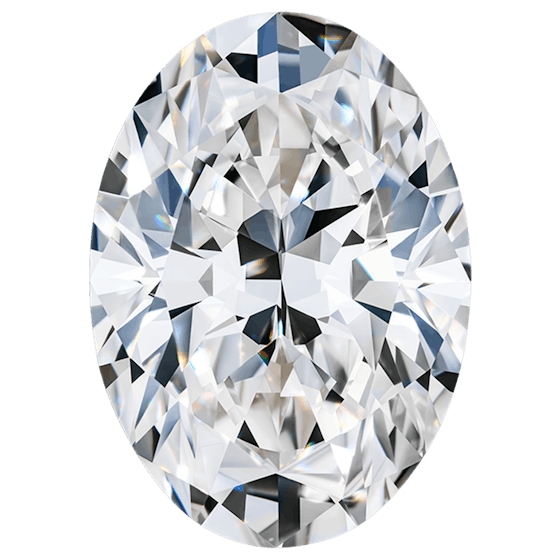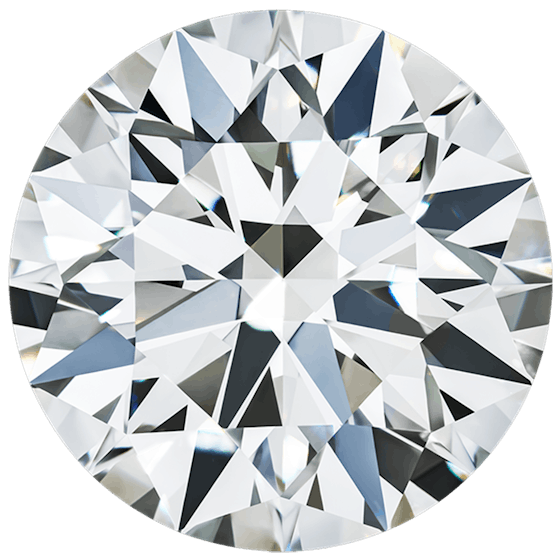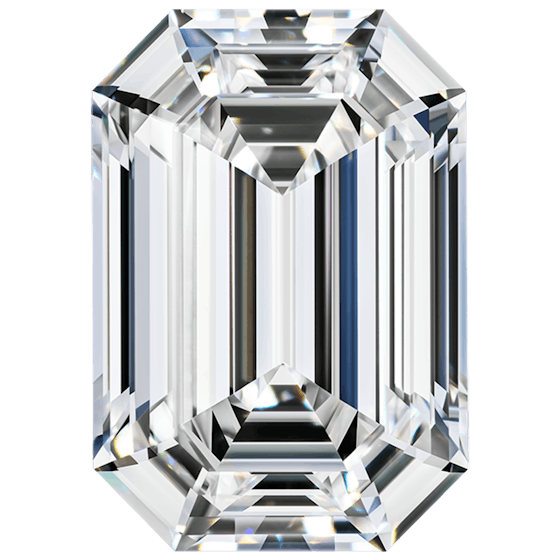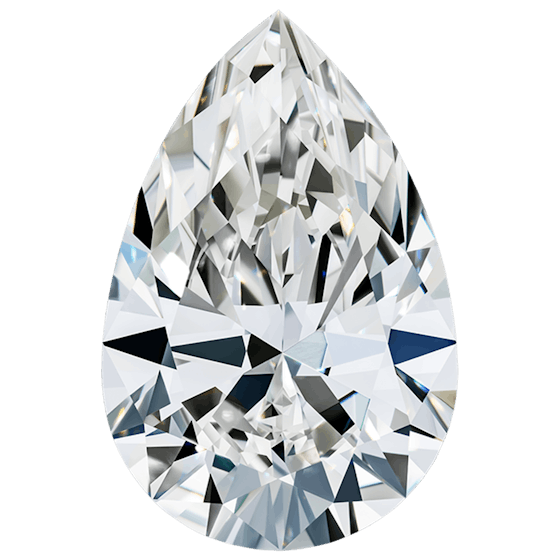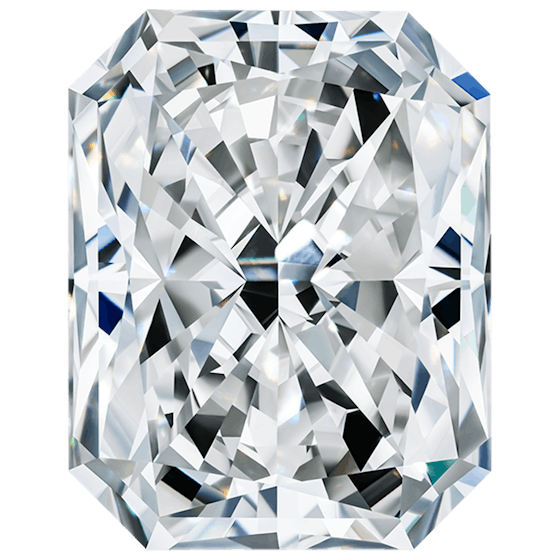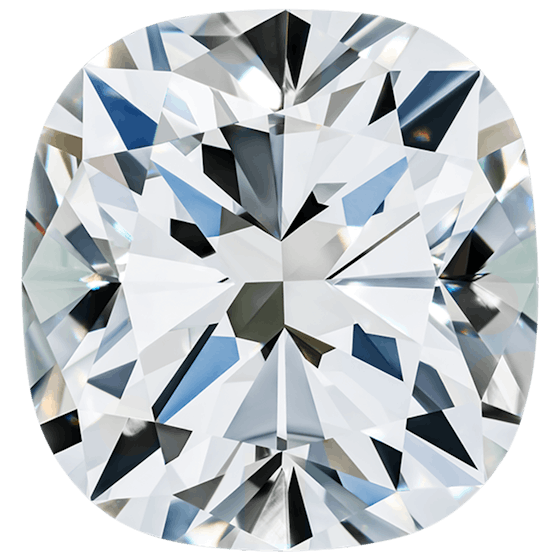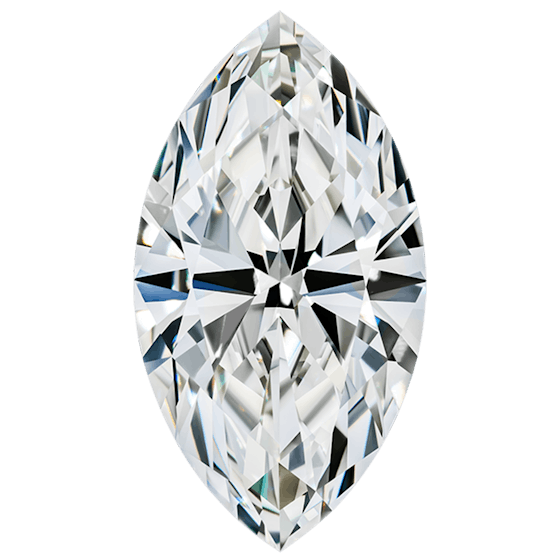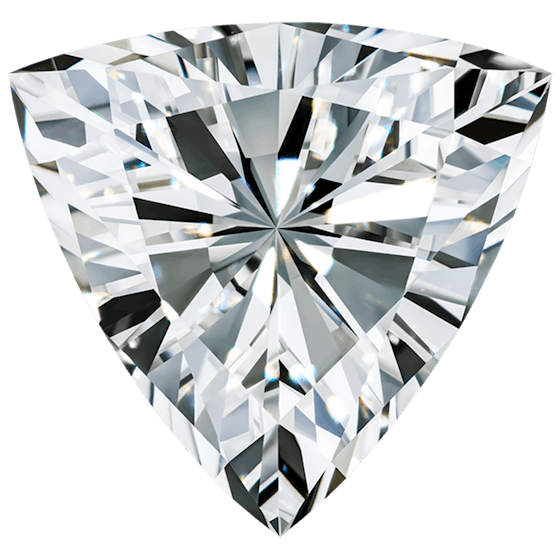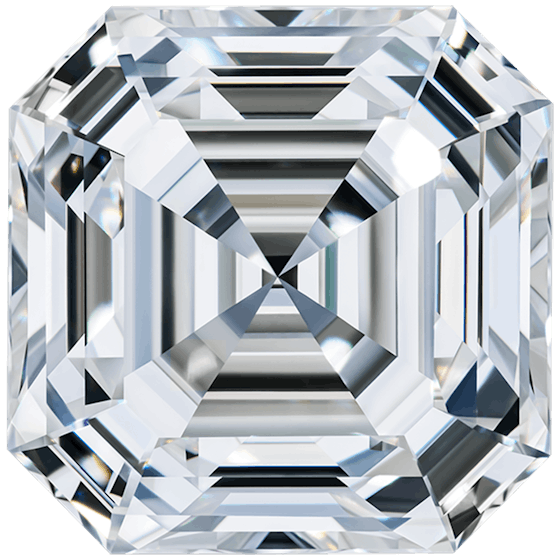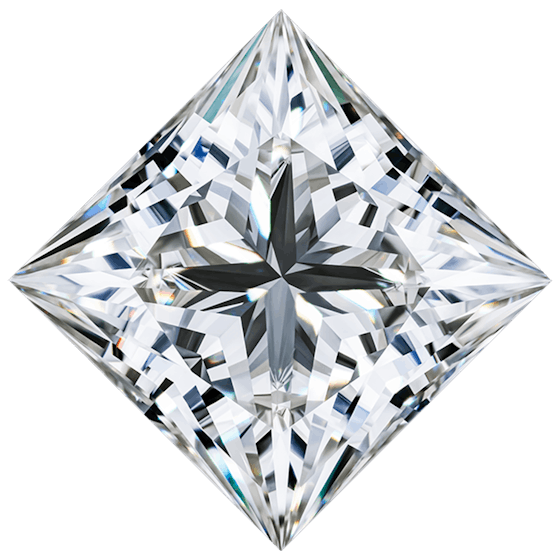
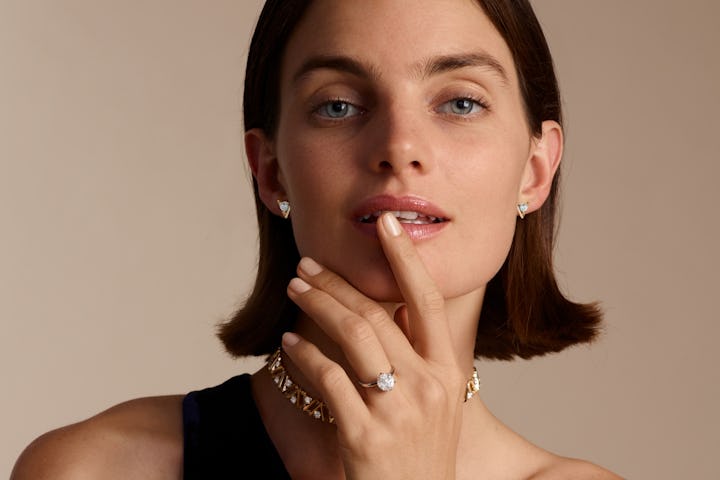
Lab-grown diamonds
Lab-created diamonds are known for their beauty, brilliance, and guaranteed origin. Learn more about lab-grown diamonds’ impact, benefits, and why this sustainable choice is right for you.
Lab-created diamonds are known for their beauty, brilliance, and guaranteed origin. Learn more about lab-grown diamonds’ impact, benefits, and why this sustainable choice is right for you.

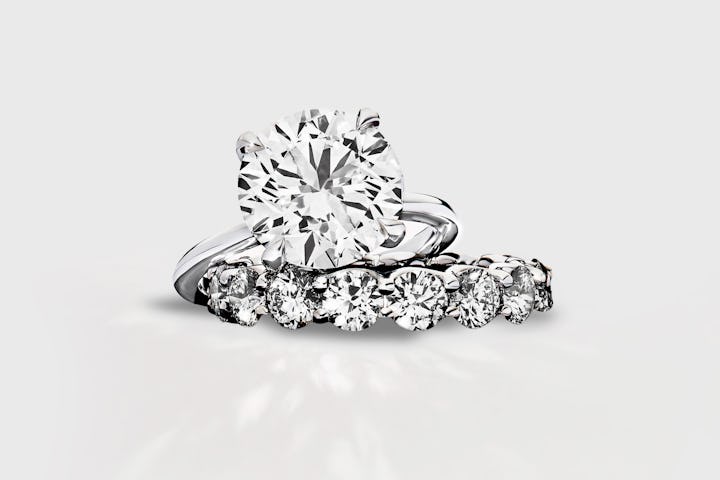
What is a lab-grown diamond?
Lab-grown diamonds are also called man-made diamonds, lab diamonds and lab created diamonds. They are produced in a laboratory setting without the negative environmental or human toll of mining.
Lab-grown diamonds are physically identical to mined diamonds. They both score 10 on the Mohs scale. The only difference between the two is point of origin.
Lab-created diamonds share an identical growing process to mined diamonds. They form first as carbon atoms under high temperature and immense pressure, then bond together to grow a crystalline lattice structure. Once fully formed, they are cut and polished to reveal maximum brilliance. Like mined diamonds, lab diamonds come in a variety of color and clarity grades. Because they don't have the human or environmental costs associated with mined diamonds, lab diamonds offer the best value for anyone interested in real diamonds.
Lab-grown diamonds are sometimes referred to as man-made or created diamonds. They are produced in a laboratory setting without the negative environmental or human toll of mining.
Lab-grown diamonds are physically identical with the same optical and chemical properties as mined diamonds. They both score 10 on the Mohs scale. The only difference between the two is point of origin.
Lab-created diamonds share an identical growing process to mined diamonds. They form first as carbon atoms under high temperature and immense pressure, then bond together to grow a crystalline lattice structure. Once fully formed, they are cut and polished to reveal maximum brilliance. Like mined diamonds, lab-grown diamonds come in a variety of color and clarity grades. Because they don't have the human or environmental costs associated with mined diamonds, lab diamonds offer the best value for anyone interested in real diamonds.
